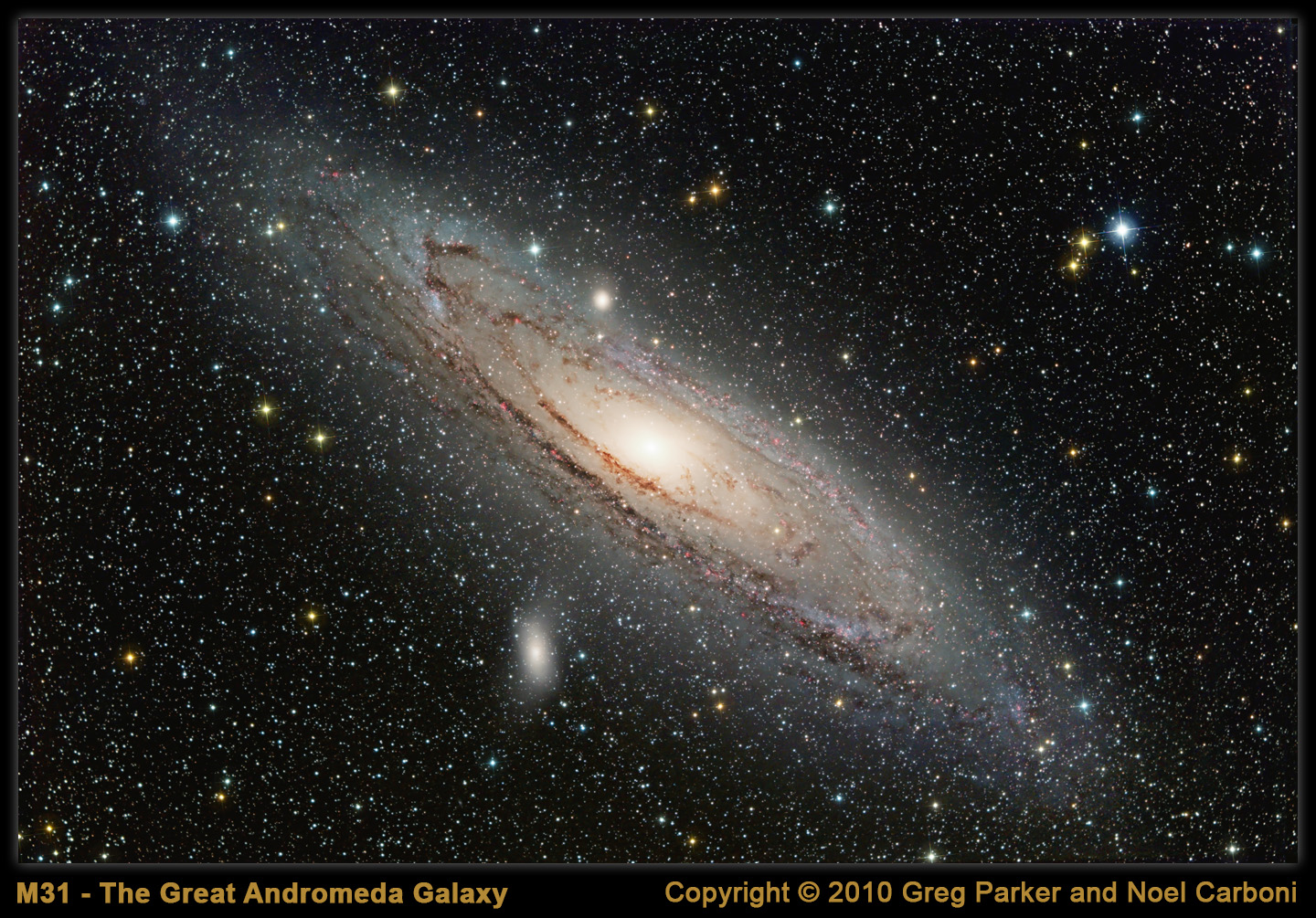Astronomy Jargon 101: Cepheid Variable

In this series we are exploring the weird and wonderful world of astronomy jargon! You’ll be surprised by today’s topic: cepheid variables! In 1784 astronomer Edward Pigott discovered something strange about the star Eta Aquilae. It pulsed, getting brighter and dimmer regularly over the course of a few days. A few months later, another astronomer by the name of John Goodricke saw the same thing happen with the star Delta Cephei. By the end of the 1800’s, astronomers knew of a few dozen of these so-called “Cepheid variables”. Some varied over the course of a few days, while others took weeks to change. They also had no idea what was going on. Any mystery is going to attract the attention of astronomers, and by the early 1900’s they knew of thousands of these stars. In 1908 the great astronomer Henrietta Swan Leavitt established that Cepheid variables maintain a relationship between their brightness and the period of their pulsation. The longer a Cepheid takes to pulse, the brighter it is. That still didn’t explain what was making them change in brightness, but it did come in handy in an unexpected way. A couple decades later, Edwin Hubble identified several variable stars in the Andromeda “nebula”. He used Leavitt’s relationship to establish a distance to the nebula, discovering that it wasn’t a nebula at all, but an entire galaxy millions of light-years away from us. Eventually astronomers were able to understand the mechanism behind the mysterious pulsation. The outermost layers of the star contains a lot of helium. Due to the intense radiation coming from the star, the helium ionizes and becomes opaque. This blocks the light from shining through, and the star appears dimmer. But then the helium heats up and expands, leaving the surface of the star. There it begins to cool and neutralize. This allows the light to shine through, and the star looks brighter. And then the whole thing repeats again. The post Astronomy Jargon 101: Cepheid Variable appeared first on Universe Today.
Read original article here.
Written by: Paul M. Sutter

Facebook Comments